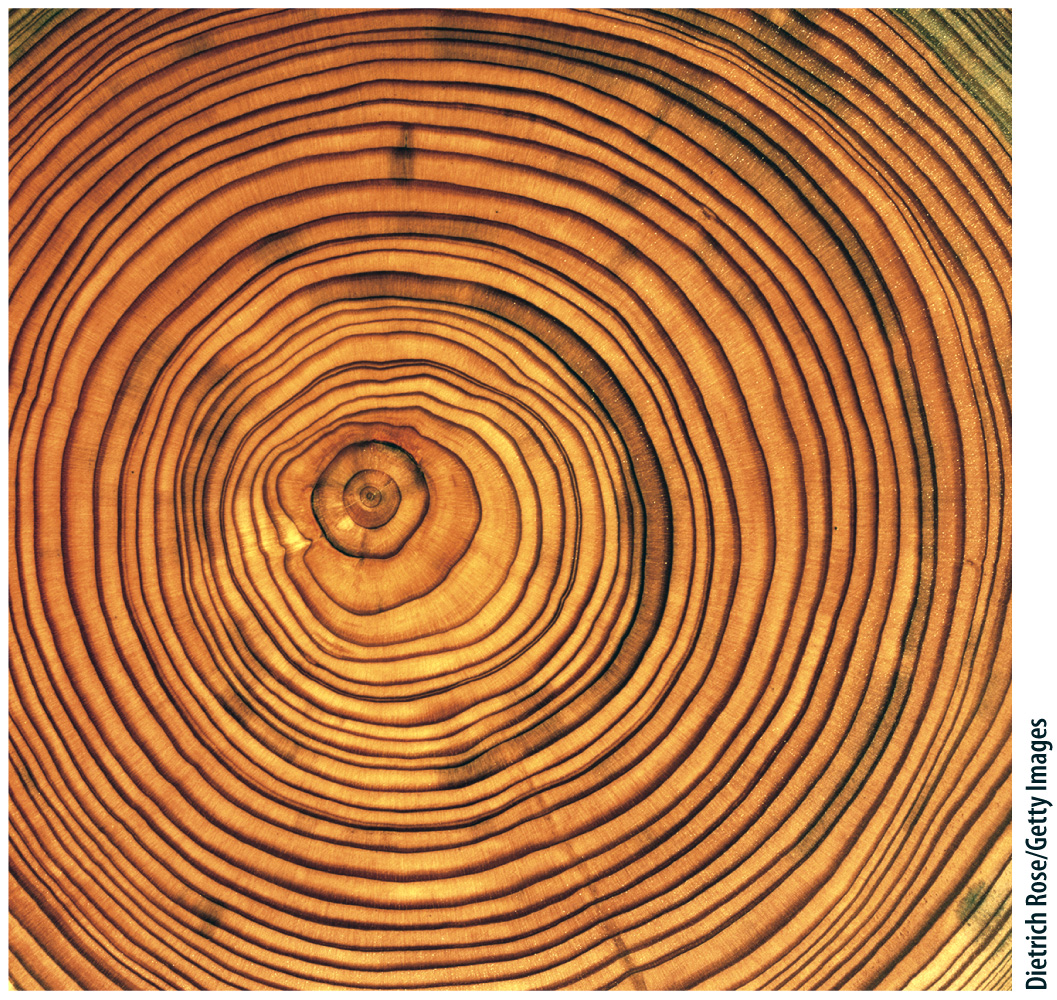Chapter 31 Introduction
641
CHAPTER 31
Plant Growth and Development

Core Concepts
- In plants, upward growth by stems occurs at shoot apical meristems, populations of totipotent cells that produce new cells for the lifetime of the plant.
- Hormones are chemical signals that influence the growth and differentiation of plant cells.
- Lateral meristems allow plants to grow in diameter, increasing their mechanical stability and the transport capacity of their vascular system.
- The root apical meristem produces new cells that allow roots to grow downward into the soil, enabling plants to obtain water and nutrients.
- Plants respond to light, gravity, and wind through changes in internode elongation and the development of leaves, roots, and branches.
- Plants have sensory systems that control the timing of developmental events.
642
Plants build their bodies in ways that are fundamentally different from what occurs in animals. To appreciate how different, let us remind ourselves briefly how our own bodies develop from fertilized eggs (Chapter 20). Humans and other mammals grow by the repeated division of cells throughout the body. Many cells migrate from one place to another, especially early in development. The first divisions of the fertilized egg form stem cells that have the potential to give rise to many different cell types. Cells with the potential to become one of many different cell types are termed “totipotent.” As development proceeds, however, cells lose this totipotency and proceed down a genetically determined developmental pathway. Once the body is mature, growth essentially stops.
In contrast to animals, cell division in plants persists in populations of totipotent cells called meristems, and growth commonly lasts throughout the life of the plant. A bristlecone pine in western North America may be several thousand years old, but it continues to sprout new branches, new leaves, and new cones every year. Plants respond to the world around them not by moving about, but by modifying their size and shape. Plants acquire resources by growing to them, and they compete with neighboring plants by growing beyond them. Furthermore, because development in plants can be modified in response to information about local environmental conditions, growth fulfills many of the same roles in plants that behavior does in animals (Chapter 45). And although plants can’t move out of the way of danger, plants can rebuild their bodies if damaged by fire or frost, or after being struck by a falling tree. Even reproduction requires the continuing formation of new organs.
This chapter focuses on how vascular plants build their bodies. We begin by asking how the shoot system, consisting of leaves, stems, and reproductive structures, is formed. We then turn to the development of root systems, asking how plants grow belowground. Finally, we consider how plants sense the environment and how they respond to what they sense by modifying their growth and development.